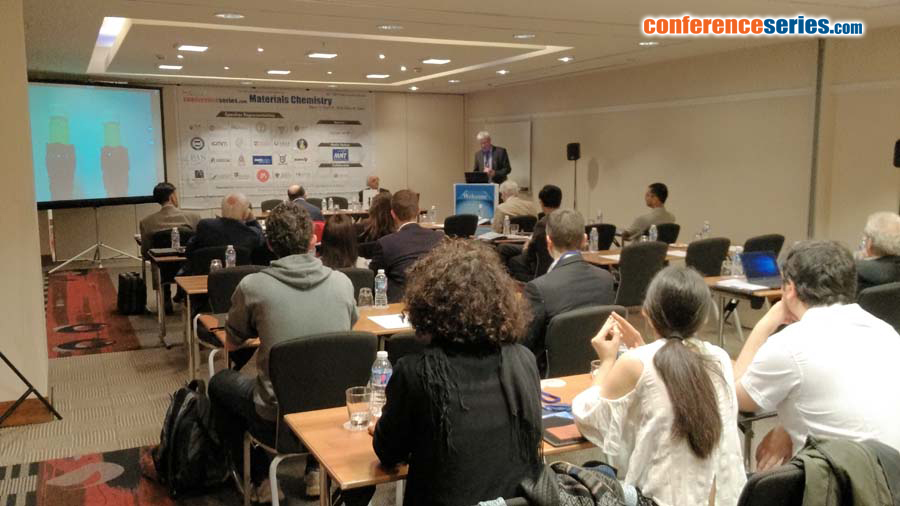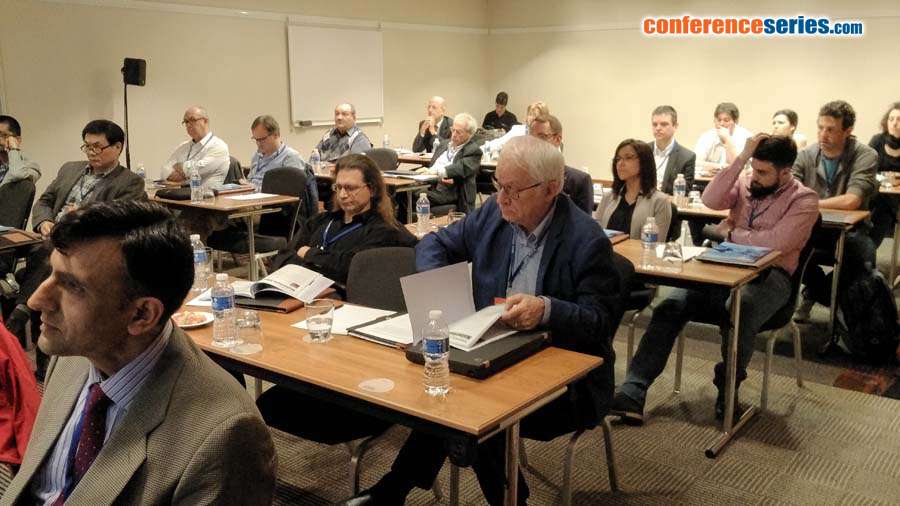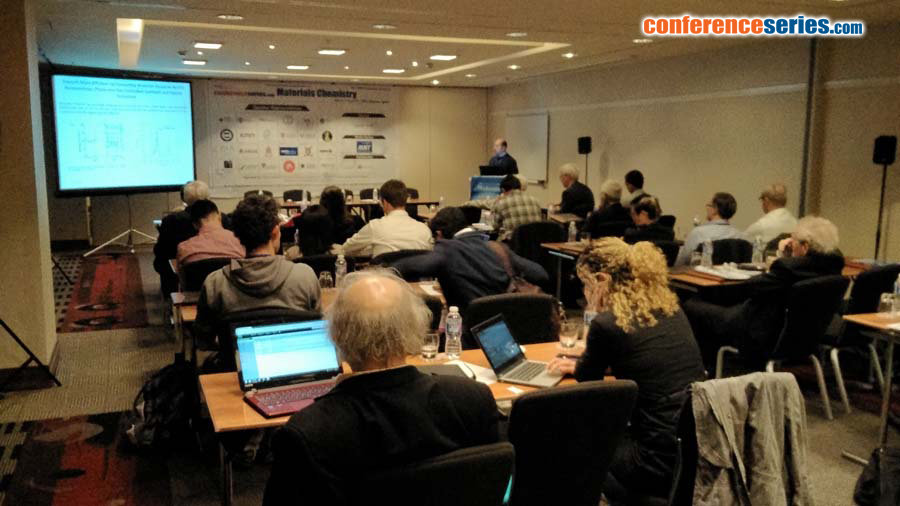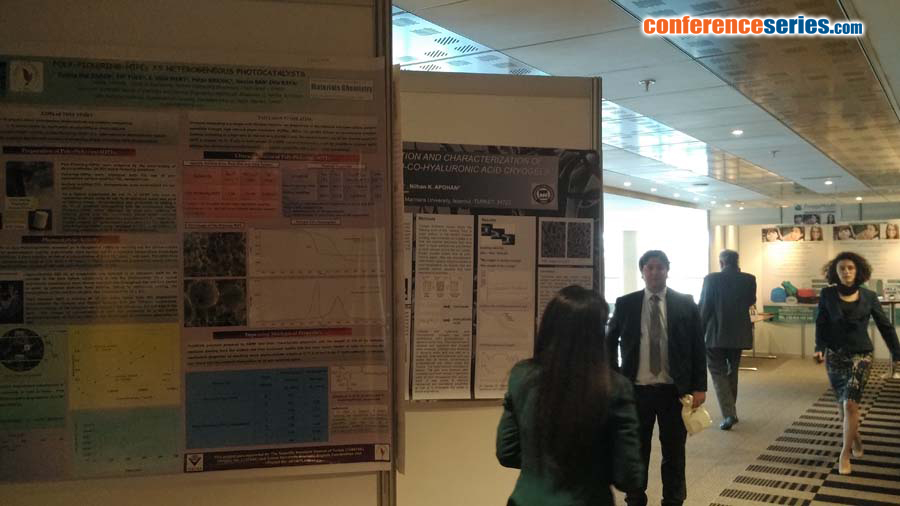
Carol López de Dicastillo
University of Santiago, Chile
Title: Improving PLA properties through the incorporation of electrospun nanofibers based on PVA and cellulose nanowhiskers
Biography
Biography: Carol López de Dicastillo
Abstract
Driven by a growing consciousness for the environment and the need to diminish plastic waste, there is a great interest to develop sustainable and ecofriendly materials with enhanced properties. Among biodegradable polymers, poly (lactic acid), PLA, has attracted the most interest in recent years because it is being produced industrially and it comes from a renewable source. However, in order to be massively used in the food industry, some characteristics must be improved, such as mechanical and barrier properties. Some works have aimed the improvement of these characteristics based on the incorporation of different additives and during last years, the most innovative solution is the reinforcement through nanotechnology, such as the incorporation of organic clay or cellulose nanoparticles (CNW) in its formulation. Regarding the latter technique, the biggest inconvenient is the incorporation of the reinforcing material to the polymeric matrix homogeneously, preventing agglomerations to maximize results. Therefore, the objective of this work was to create a biocomposite based on PLA nanoreinforced with CNW nanoencapsulated with poly (vinyl alcohol), PVOH, through electrospinning technique. First, the optimizations of the electrospinning parameters were studied owing to obtain nanofibers with good appearance, measured by SEM microscopy, high concentration of CNW and minimum amount of PVOH. Thus, it is intended to incorporate homogeneously the CNW in the PLA preventing agglomerations, obtaining a material with better mechanical and barrier properties without altering the advantageous characteristics such as optical properties and biodegradability. Materials were obtained through extrusion and were thermally, morphologically and mechanically characterized.




